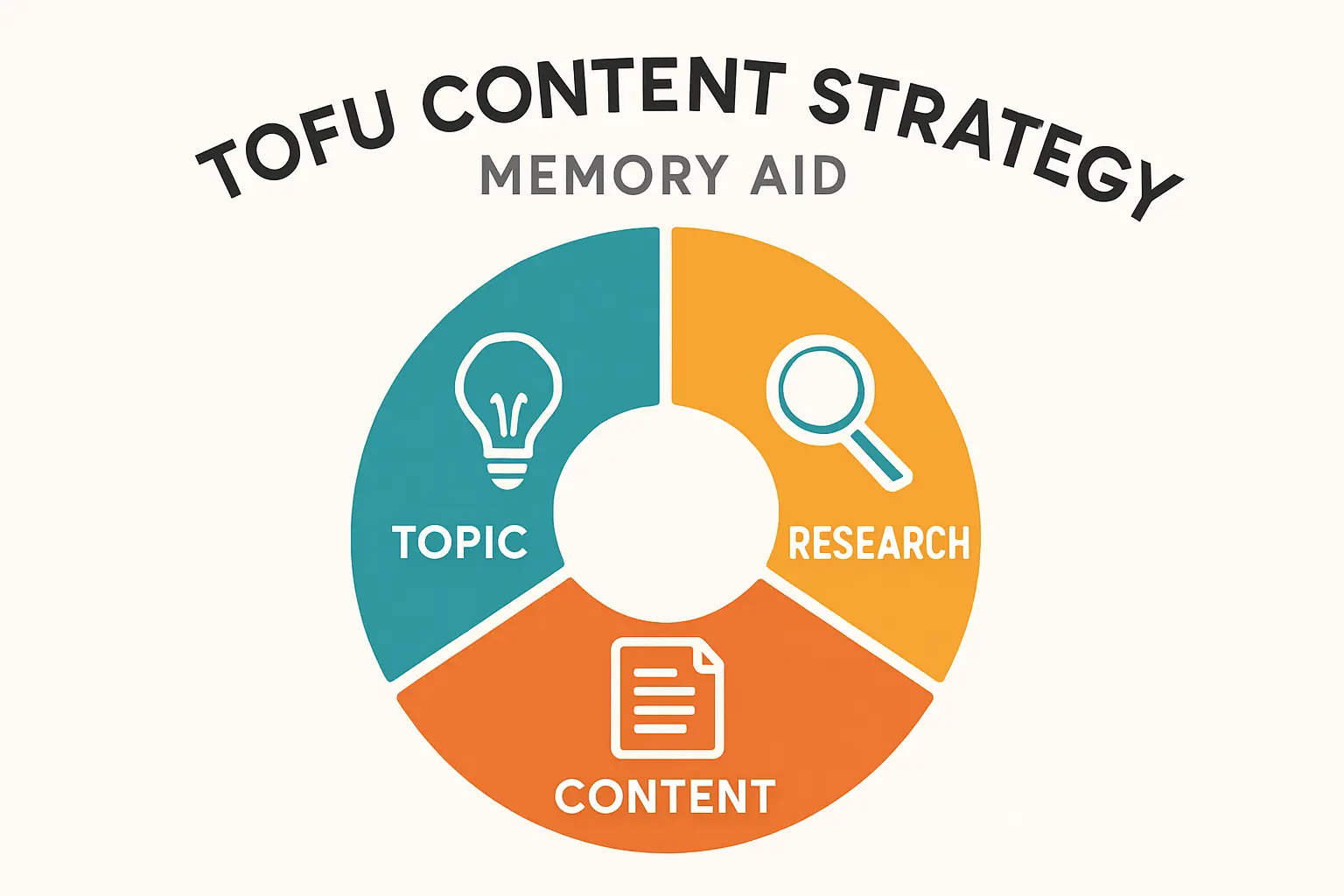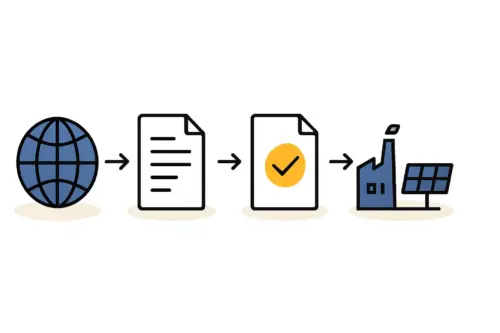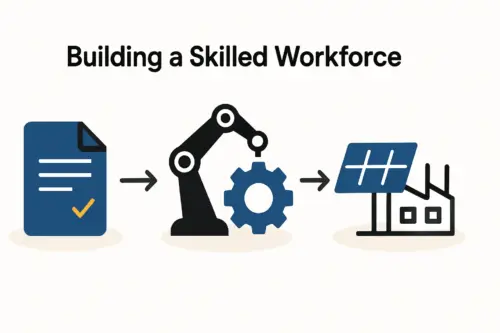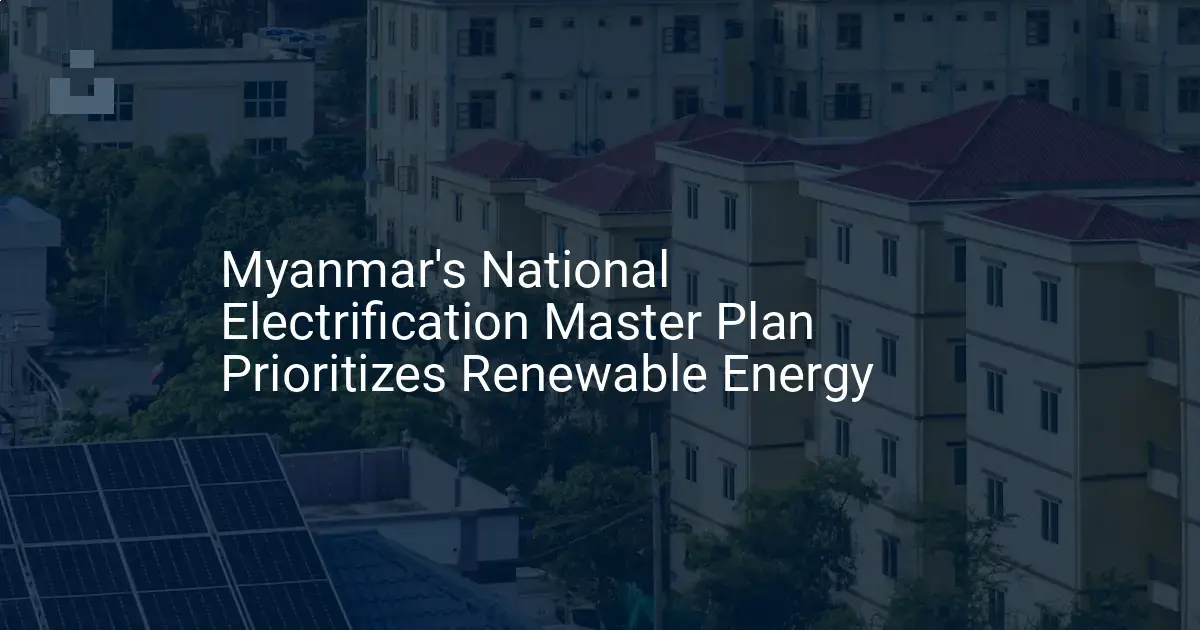Imagine your new solar module factory is in full operation. Automated stringers are precisely soldering cells, laminators are curing modules under perfect heat and pressure, and your team is on track to meet its weekly production target. Suddenly, the lights flicker and the machinery halts. The entire production line falls silent.
This scenario—a grid power failure—is a significant operational risk for any manufacturer, especially in regions where the electrical infrastructure is still developing. For entrepreneurs planning to enter the solar manufacturing sector in a market like Myanmar, mitigating the risk of power instability is not just a technical detail but a cornerstone of a sound business strategy. This article explores the critical need for backup energy solutions and compares the primary options available to ensure your factory remains productive and profitable.
The High Cost of Unreliable Power in Manufacturing
In many emerging markets, the ambition to build industrial capacity often outpaces the development of the public power grid. Myanmar’s power sector is a case in point. According to a report by the Asia Development Bank, only about 50% of households have access to the national grid, and frequent power outages are a common occurrence, particularly outside major urban centers. This unreliability is not merely an inconvenience; for a manufacturing facility, it translates directly into financial losses.
Each power outage can lead to:
- Production Downtime: Every minute the factory is offline is a minute of lost output, delaying orders and impacting revenue.
- Material Waste: An abrupt shutdown of a machine like a laminator can ruin the modules currently being processed, leading to scrapped materials and sunk costs.
- Equipment Damage: Power surges or sudden shutoffs can damage sensitive electronic components in modern manufacturing equipment, resulting in expensive repairs and extended downtime.
- Reduced Efficiency: Restarting a production line isn’t instantaneous. It requires time to reset machinery, clear spoiled materials, and bring systems back to optimal operating temperatures.
These challenges are a well-documented part of the business environment. The World Bank’s ‘Doing Business 2020’ report highlighted that obtaining a reliable electricity connection in Myanmar can be a complex and lengthy process, underscoring the need for businesses to plan for energy self-sufficiency.
Understanding Your Factory’s Power Vulnerabilities
A solar module production line is a series of interconnected processes, each dependent on a stable supply of high-quality power. A failure at any single point can bring the entire operation to a standstill. The key machinery required for production, from cell testers and stringers to electroluminescence (EL) testers and laminators, relies on precise, uninterrupted power.
A power cut during the lamination cycle, for example, can cause improper curing of the EVA encapsulant, rendering an entire batch of modules useless. Similarly, an outage affecting final testing equipment could create a bottleneck that halts the entire packaging and shipping process.
A thorough energy audit during the factory planning phase is essential. It helps identify these critical vulnerabilities and determine the power load needed to keep essential machinery operational during a grid failure.
Evaluating Backup Power Solutions: Diesel vs. BESS
To counteract grid instability, factory owners have two primary technological solutions to consider: traditional diesel generators and modern Battery Energy Storage Systems (BESS). The choice between them involves a trade-off between initial capital expenditure (CAPEX) and long-term operational expenditure (OPEX).
The Traditional Approach: Diesel Generators
For decades, diesel generators have been the standard solution for backup power. They are a mature, widely available technology and relatively straightforward to install.
Ready to make big Profits?
The solar Industry is Booming
WE HELP NEWCOMERS to the solar industry start their own solar module production line. Customers can make BIG PROFITS by selling modules and finding investors, without wasting money and time on things they don't need!
Advantages:
- Lower Initial Investment: The upfront cost of a diesel generator is typically lower than a BESS of comparable capacity.
- Extended Runtime: As long as fuel is available, a generator can run for prolonged periods, making it suitable for long-duration outages.
Disadvantages:
- High and Volatile OPEX: The primary drawback is the ongoing cost of diesel fuel, which is subject to market price fluctuations and logistical challenges. Maintenance is also a recurring expense.
- Delayed Response Time: A generator needs time to start up and synchronize, creating a brief but potentially critical power gap when the grid fails.
- Environmental and Local Impact: Generators produce noise and exhaust emissions, which can pose challenges for environmental regulations and community relations.
The Modern Alternative: Battery Energy Storage Systems (BESS)
A BESS is an advanced solution that stores electrical energy in batteries for later use. Driven by advancements in lithium-ion technology, these systems are becoming an increasingly viable and attractive option for industrial applications.
Advantages:
- Instantaneous Power: A BESS can supply power the moment grid power is lost, protecting sensitive equipment from any interruption.
- Superior Power Quality: Batteries provide clean and stable power output, free from the fluctuations that can damage electronic components.
- Lower OPEX and Maintenance: With no fuel costs and fewer moving parts, a BESS has significantly lower operational and maintenance expenses than a diesel generator.
- Silent and Emission-Free Operation: A BESS operates silently and produces no local emissions.
Disadvantages:
- Higher Initial Investment: The primary barrier is the higher upfront CAPEX, although research from IRENA shows that battery costs are steadily declining.
- Limited Duration: A standard BESS is designed to cover shorter outages. For extended grid failures, it may need to be oversized or used in a hybrid configuration with a generator.

Financial Implications and Strategic Planning
The decision to invest in a backup power system directly impacts the total cost of setting up a solar module factory. While a diesel generator may appear more cost-effective initially, a BESS can offer a lower total cost of ownership over the project’s lifetime when factoring in fuel, maintenance, and the financial impact of superior power quality.
Based on experience from J.v.G. Technology GmbH turnkey projects in regions with similar infrastructure challenges, a detailed analysis of local grid reliability data and energy costs is crucial. In some cases, a hybrid system—combining a BESS for instantaneous response and a smaller diesel generator for prolonged outages—offers the most resilient and cost-effective solution. This approach provides immediate, clean power from the BESS while retaining the generator as a secondary backup for worst-case scenarios.

Frequently Asked Questions (FAQ)
What is the typical payback period for a BESS?
The payback period for a BESS varies depending on factors such as the frequency and duration of grid outages, local electricity tariffs, and the cost of diesel fuel. As battery prices continue to fall, the financial case for BESS becomes increasingly compelling, with payback periods shortening significantly.
Can a BESS power an entire factory?
A BESS can be sized to power an entire factory, but it is often more economically viable to support only the most critical production machinery during an outage. This ‘load-shedding’ strategy ensures that essential processes continue uninterrupted, minimizing financial losses without requiring an oversized and cost-prohibitive battery system.
Is a hybrid system (Diesel + BESS) a viable option?
Yes, a hybrid system is an excellent strategy for achieving maximum resilience. The BESS handles frequent, short-term outages and provides high-quality power, while the diesel generator serves as a backup for rare, long-duration failures. This optimizes both reliability and long-term operational costs.

Conclusion: Building Resilience into Your Business Plan
For any entrepreneur establishing a solar factory in a market with an unreliable power grid, planning for energy resilience is not an option—it is a necessity. Power outages are a predictable risk that can be effectively managed with the right technology and strategy.
The choice between a diesel generator, a BESS, or a hybrid system depends on a careful analysis of your factory’s specific needs, local grid conditions, and long-term financial objectives. Integrating this analysis into the initial design of a turnkey solar manufacturing line ensures that your investment is protected and your facility is equipped for continuous, profitable operation from day one.





